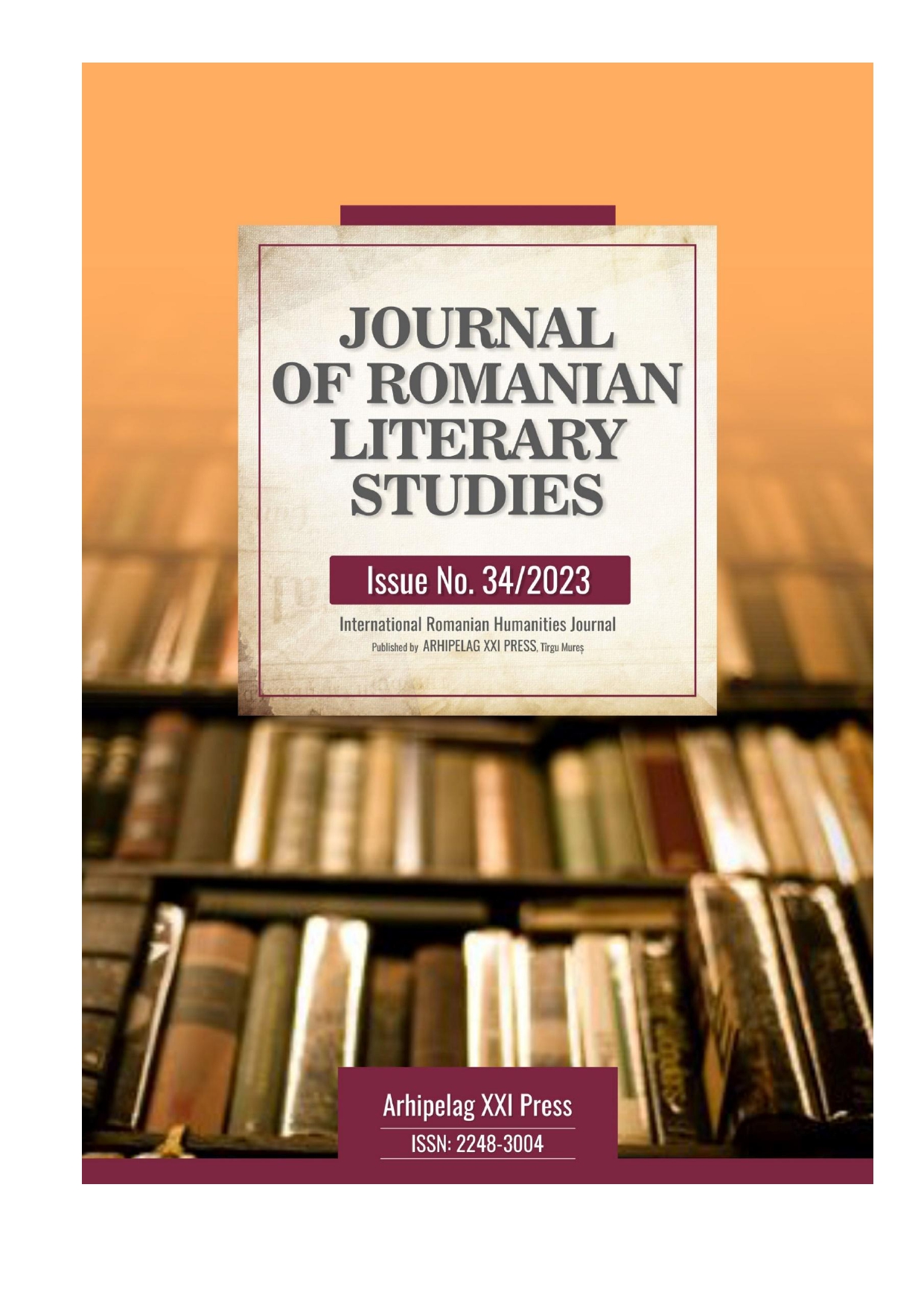Author(s): Abdus Salam / Language(s): English
Issue: 3/2022
Lately, research on destructive language and cyber bullying area has procured a ton of interest since it impacts both individual setbacks and social orders. Scornful trades, irritating, sexism, bias, intense substance, incitement, noxious comments, and various kinds of abuse have all extended unequivocally due to the basic passage to virtual diversion stages like Facebook, Instagram, Twitter, and others. Thusly, there is a basic need to recognize, make due, and limit the spread of threatening substance on one individual to the next correspondence objections, inciting us to play out this survey to motorize the distinguishing proof of unfriendly language or cyberbullying. Having a fair enlightening file for a model would deliver higher precision models, in this way we manufacture one more Arabic changed educational assortment to be used during the time spent unfriendly acknowledgment. As of late, Ensemble Machine Learning has been used to redesign the display of single classifiers. The place of this study is to ponder the introduction of different single and assembling AI computations in recognizing Arabic message containing cyberbullying and antagonistic language. Hence, we have picked three AI classifiers and three outfit models and apply them to three Arabic datasets two of them are unfriendly datasets that are uninhibitedly available, and the third one which we assembled. The results showed that the social affair AI reasoning outmaneuvers the single understudy AI approach. Finally we use hyper parameters tunning on the Arabic cyber bylluing enlightening list to optize the presentation of the popularity based procedure. "Arabic is falling behind" says the facilitator of the AI and Arabic language taking care of examination bundle at the University of Sharjah, to "The National". Since AI is used by associations to cut down cost and accelerate any communication, understanding was no unique case. Thusly, AI is advancing relating to machine understanding of lingos like English, Spanish and Chinese. Arabic language remains a test for certain reasons, for instance, Language unpredictability, Language sumptuousness, Questionable plan, Kinds of Arabic (tongues). That is the explanation, the Google grant and assessment at the University of Sharjah ensures more investigation and improvement in this field. Meet the famous Machine Learners-Translators! Using Machine learning and electronic thinking, PCs can translate, and the cycle is called Machine understanding. Nowadays, AI (ML) is a hot area of investigation and its applications are wide. Arabic Language Processing (ALP) is a subfield that joins research from the fields of computational derivation and modernized thinking. It targets working with the correspondence among PCs and individuals using Arabic language or its conversational groupings. Arabic for machines English-or French-talking voice bots are not precisely perfect. Be that as it may, assisting machines with grasping Arabic is particularly intriguing a result of various variables. These are three regularly seen challenges: Absence of diacritics. Arabic tongues are vernacular, as in essentially spoken. Most of the available text is non-diacritized, meaning it needs complements like the like the extreme (') or grave (') that show the sound potential gains of letters. In this manner, sorting out where the vowels go is hard. With everything taken into account, they need standardized orthographic principles that immediate how to create a language, including guidelines or spelling, hyphenation, word breaks, and complement. These resources are basic to get ready PC models, and how there are exorbitantly relatively few of them has limped the progression of Arabic talk affirmation. Morphological multifaceted nature Arabic speakers partake in a lot of code trading. For example, in locales colonized by the French North Africa, Morocco, Algeria, and Tunisia the tongues consolidate many gained French words. Subsequently, there innumerable are called out-of-language words, which talk affirmation propels can't grasp because these words are not Arabic.
More...


![Функционална субституция на средните гласните [e–ɛ] и на широката гласна [e] в устната практика на френския и българския език](/api/image/getissuecoverimage?id=picture_2021_61343.jpg)













